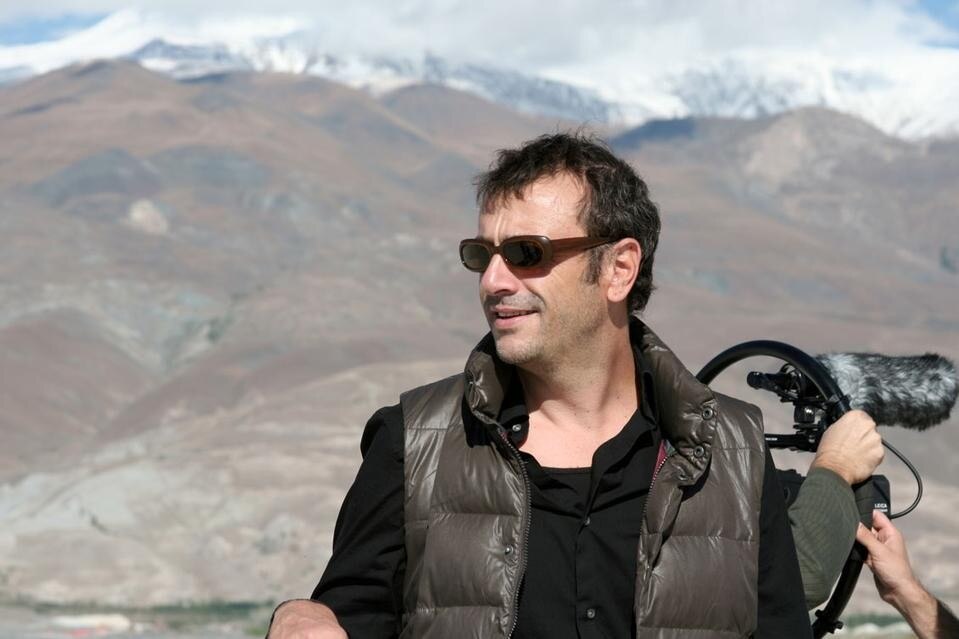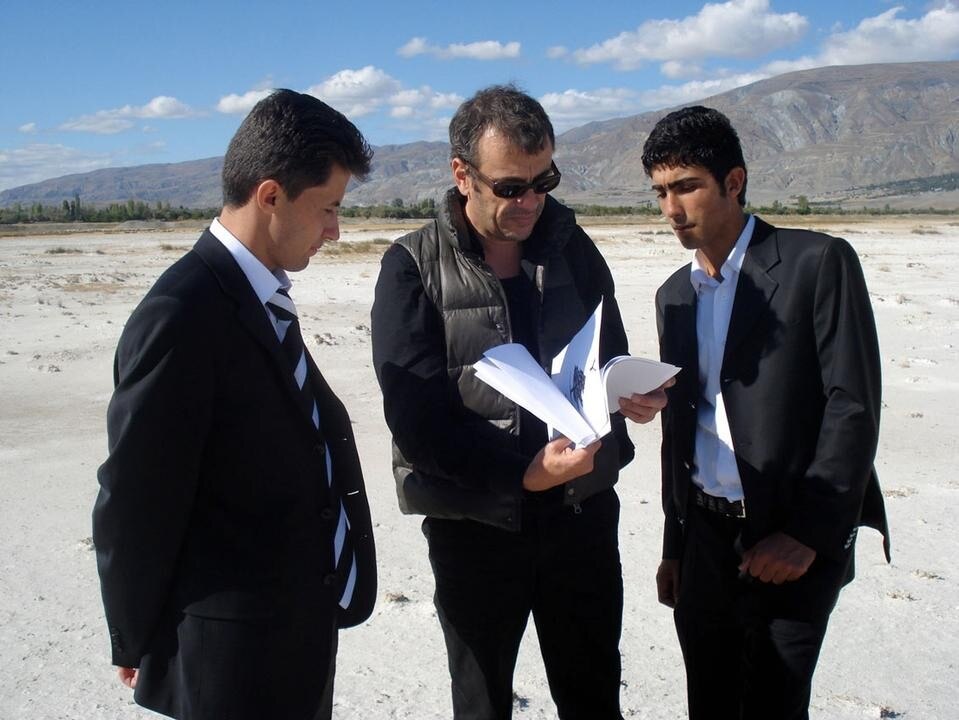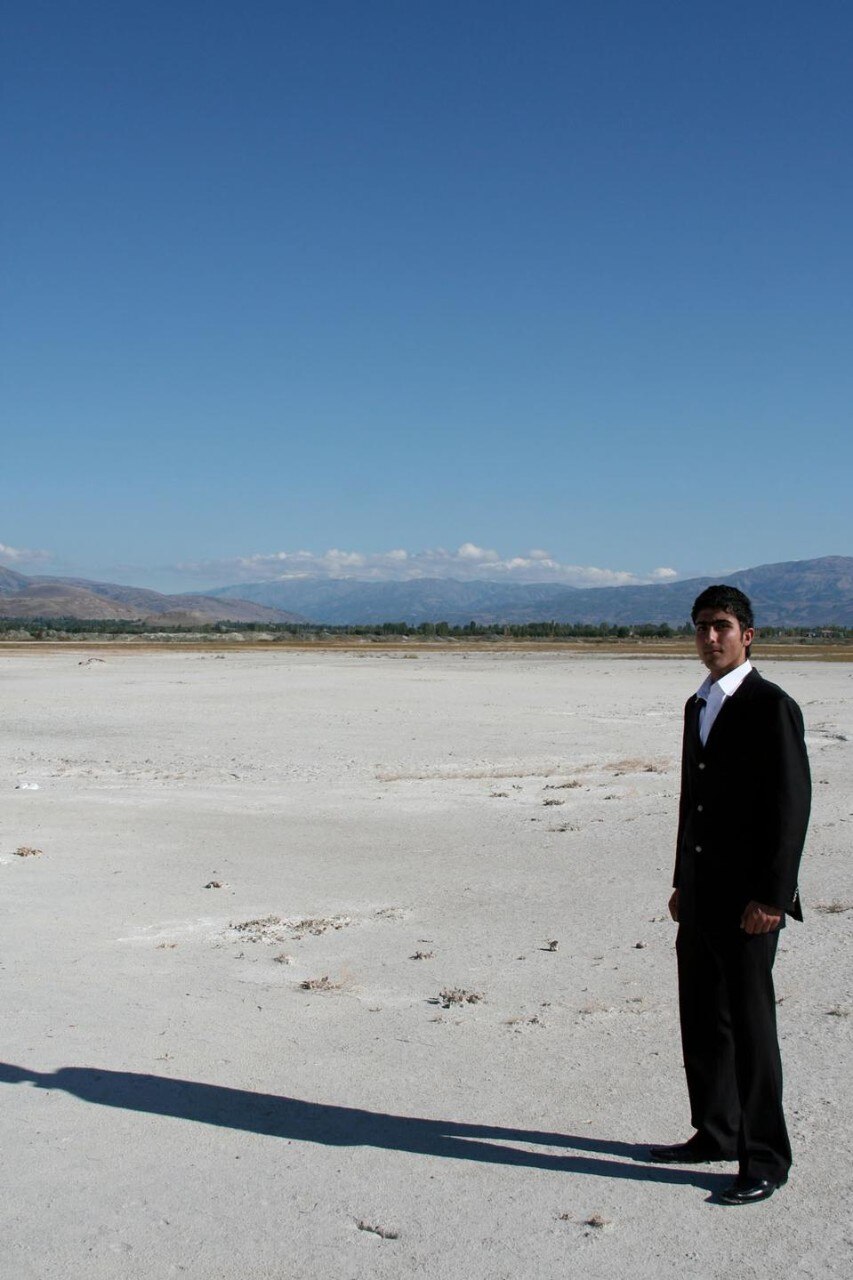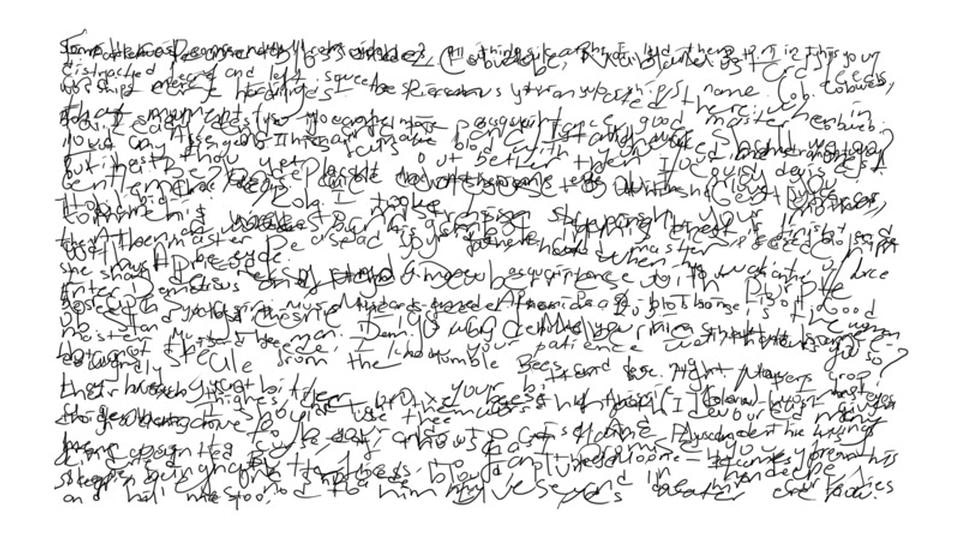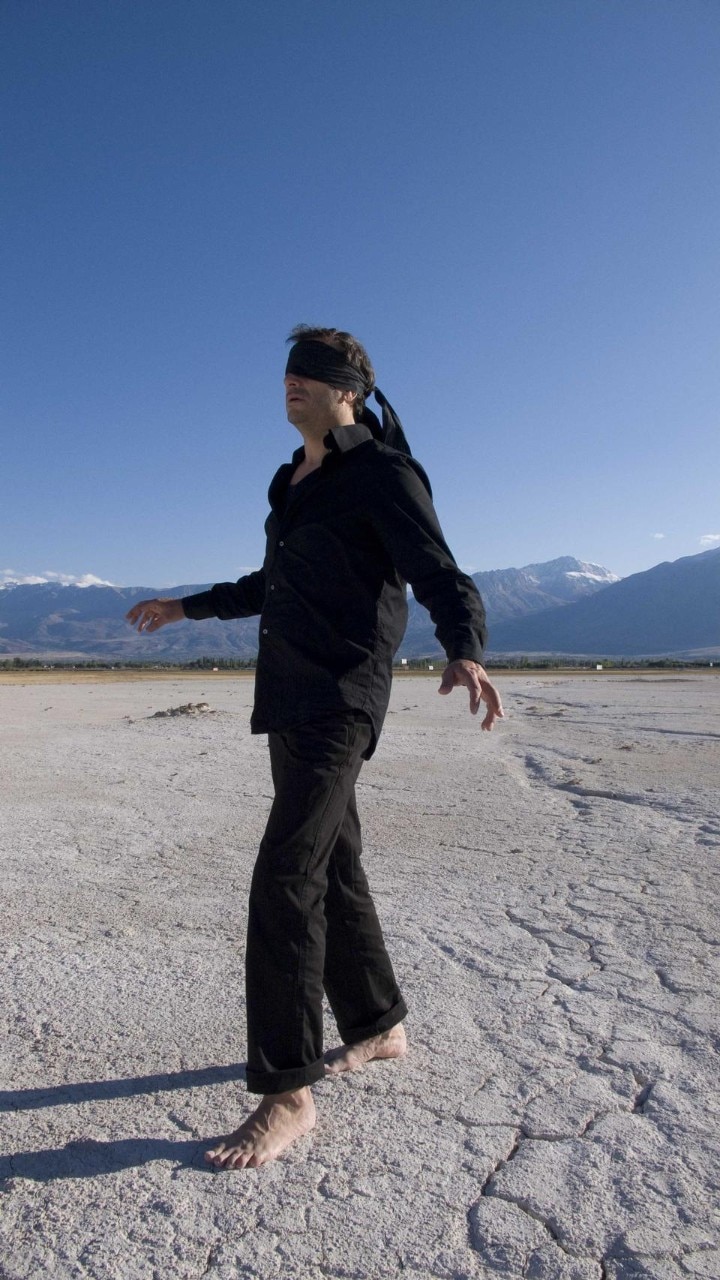Kutlug Ataman: I was exposed to filmmaking from a very early age on. I was on sets since I was seven years old and saw how films were made. This provided me with a healthy dose of demystification about the illusion of cinema. Having said this I love films so much that I still get lost in the narratives of good films, but I have learnt to look at film as a construct, which then was reinforced by a formal education on filmmaking. This I believe provided me with an innate ability to perceive life in general as an intricate web of narratives and constructs. My videos reflect that. I deal with documentary reality as my main ingredient in my videos, but in fact show how reality needs nar-rative in order to make sense. I look at identity, communal or individual, history and geography not as given truths but as products of human cultural activity, written pretty much in the same way as we write scripts for films, and played out pretty much as films are played out.
Why it is so important for you to realize video installations instead of simply making videos to watch on a screen. In other words, why the installation is so important in your work as video art-ist?
Dealing with space in a three dimensional way gives me the opportunity to comment on editing. I like the viewing public to actually interact with the pieces rather than participate in a passive way. Captive audiences do not interest me. Single screens do mostly achieve just that, one way or another hypnotize the viewers, for the end result of "look I am so clever" or "look, am I not beautiful. . . ?". I do not like this kind of art that broadcasts from a single channel of authority. I like the viewers to actually pick and choose most of the time, to participate haphazardly in my works, to do their own very individual editing, to control the nature of the relationship with the work for themselves as an intellectual activity. This subjective position will also hopefully make them realize that all narrative, which is nothing other than a translation of pornographic, unproc-essed reality into human intelligibility, can be nothing but subjective.
You told me that the subject is not really important in your production. Could you explain me better this point?
Art to me is not what it is about. I do not believe in art that is about something. A book can be about something for example, it narrates a story or a subject matter. News are also about a sub-ject matter and so are Hollywood films. . . Art to me simply is. It is not about. For this reason it is an object in itself, be it a painting or a sculpture or a video installation. For this reason I do not like video art that is about something, as it happens mostly about half cooked political messages. It's terribly simplistic and almost insulting to the viewer's intelligence. It preaches. It occupies the position of authority as the provider of truth, and for that reason alone it is undemocratic hence often contradicting itself.
I like very much to think that your recent project, Mesopotamian Dramaturgies – a part of it now presented at the Francesca Minini Gallery in Milan with the title "Dictionary" – is the result of shock of Modernity. Could you shortly explain us the core of the project?
Modernity as an ideological export of the West, concocted with neo liberalist policies, has caused great tension and destruction in the world. Tension in societies is a greatly inspiring fertile land for artists because these are the areas where previous systems are broken and exposed, as new systems are attempted to be created, often with tragic results. Mesopotamian Dramaturgies looks at these tensions, but also is a hopeful series of works because it also implies that local modernities are created by societies as opposed to modernities that are imported from outside and forced on cultures that are positioned on the periphery. I do not believe in the periphery in fact. I think every culture sits on its own core and broadcasts toward its periphery, like waves created by droplets on water. There is not one periphery as we are so accustomed to perceive in the West. The West is also on the periphery of many other civilizations.
